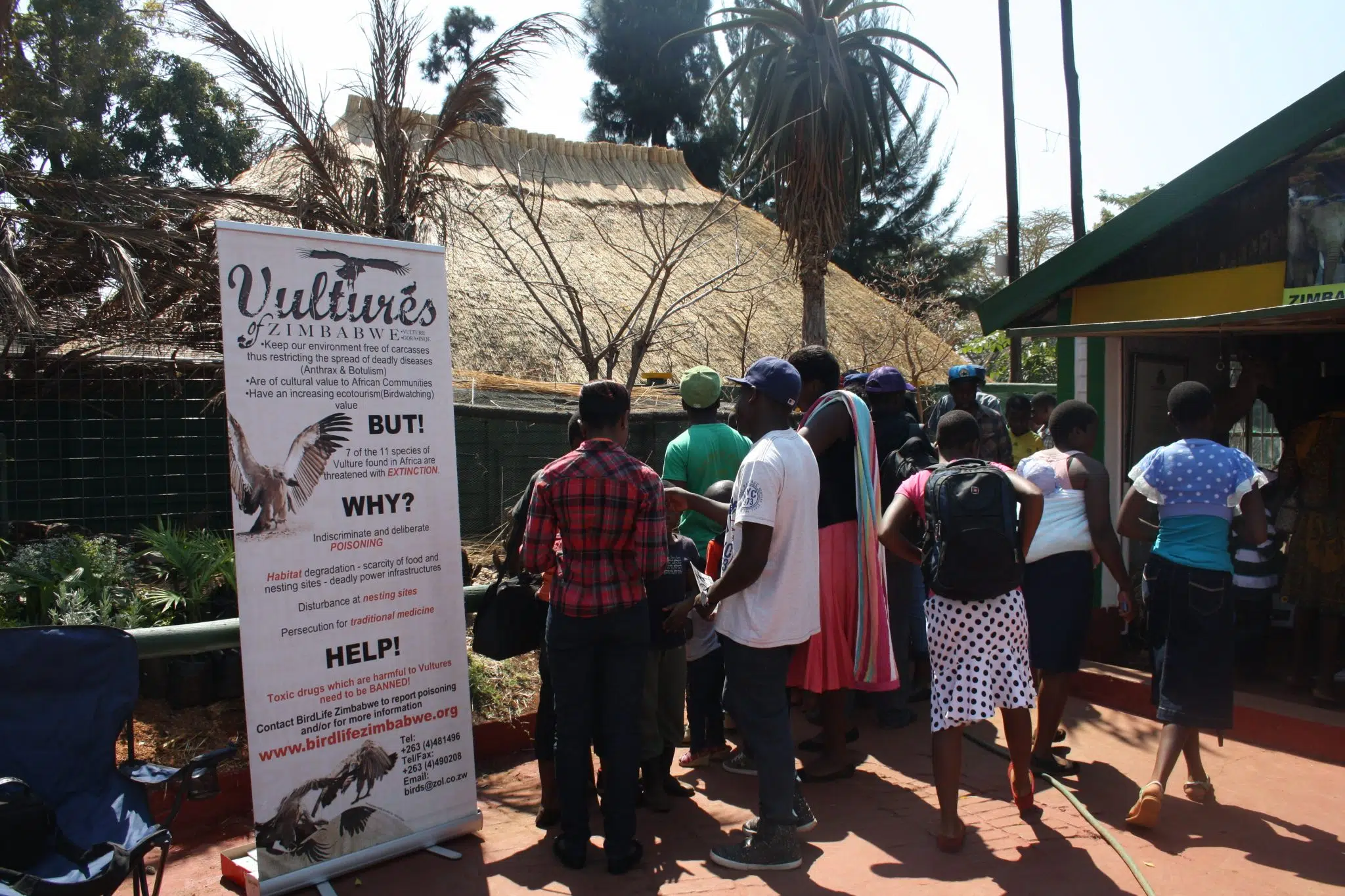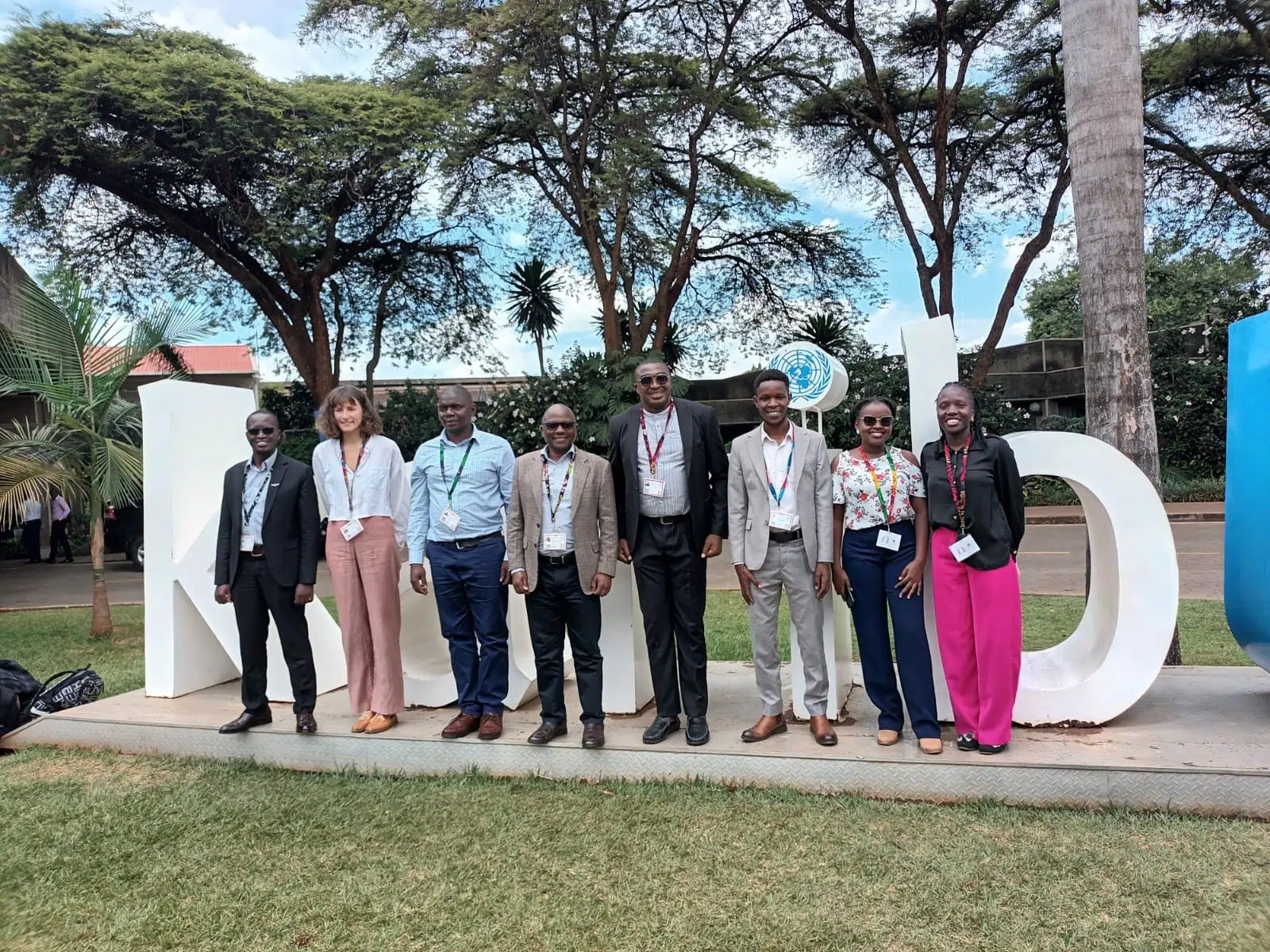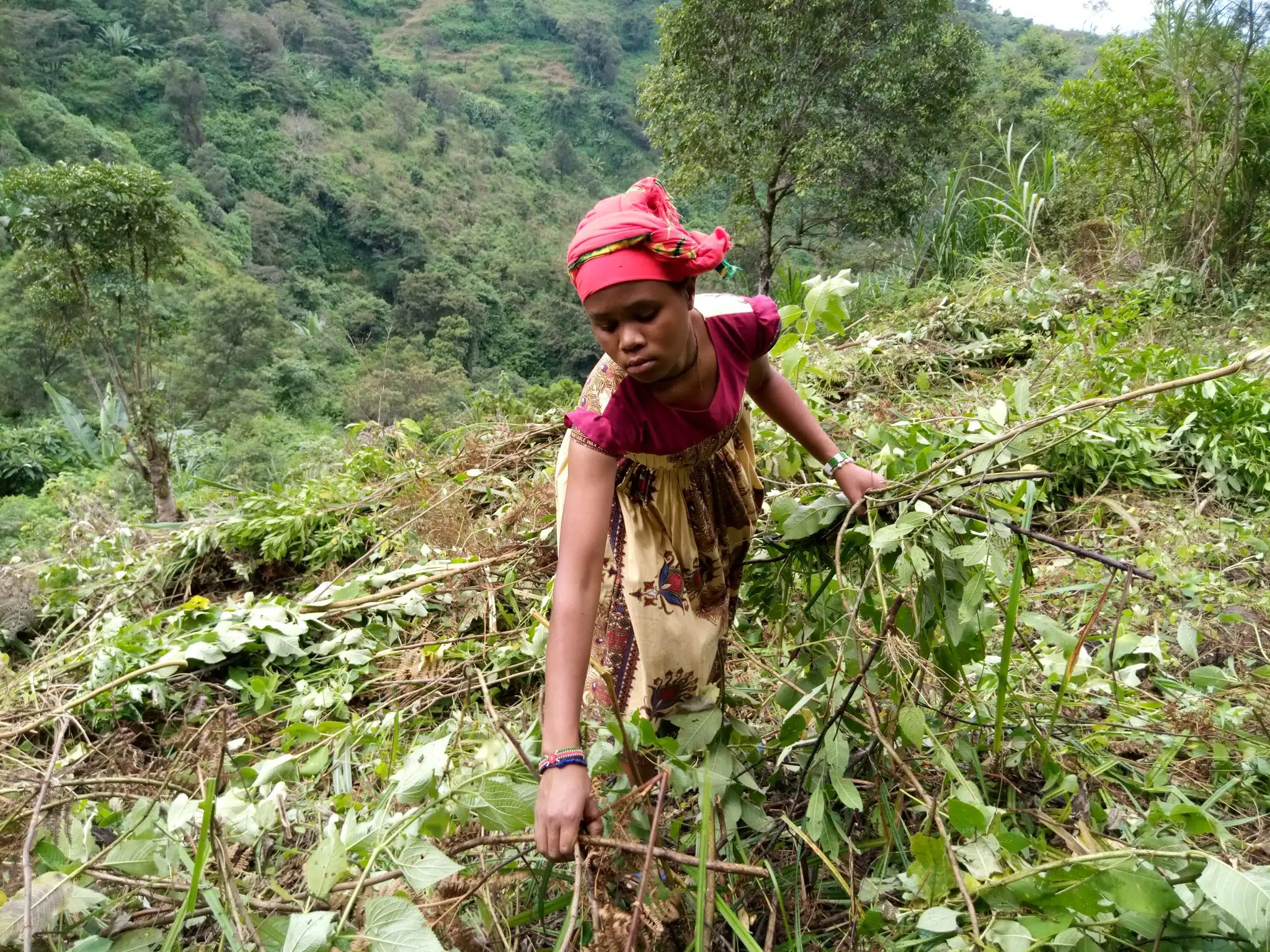Restoring Malawi’s historic Mudi dam
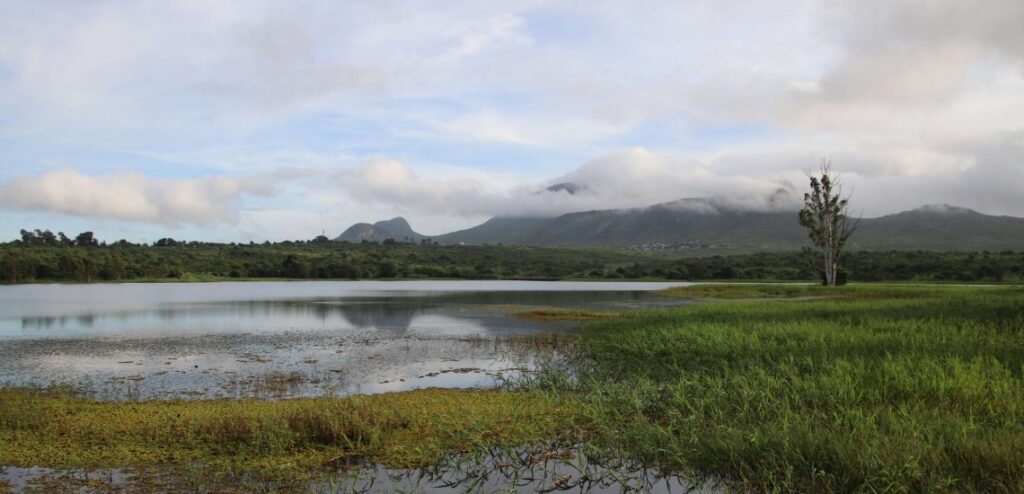
In 1953, Mudi Dam was built to supply water to the residents of Blantyre during the dry season. However, decades of deforestation and land clearance have filled this local landmark with silt. Find out how our Partner WESM is taking a hands-on approach to restore this vital water source and wildlife haven.
By Ausward Bonongwe & Lewis Kihumba
About 300km south of Malawi’s capital, Lilongwe, lies the commercial city of Blantyre. The city’s architecture is a mosaic of sorts, with modern structures juxtaposed against old iconic buildings, giving one a feel of the past, present – and somewhere in between. Beyond this scenery are three large hills – Michiru, Soche and Ndirade – towering over Blantyre. Further away from the city is a large body of water surrounded by lush green vegetation, which occasionally ripples as a gentle breeze blows over the water. This is Mudi dam, which supplies water to the city’s 800,000 residents during the dry season, when the water levels are low at Walkers Ferry: the main pumping station situated along the Shire River.
The dam, constructed in 1953 to provide water to the (then) town of Blantyre, was once a rich biodiversity zone. Over the years, human encroachment saw the mushrooming of maize fields and massive deforestation as people cleared more land for farming. This led to soil erosion and massive siltation, causing the reduction of the dam’s capacity from 45 million cubic metres to 8 million cubic metres. Additionally, rivers flowing into the dam dried up, reducing inflow by over 80%. “The waters were not the only thing affected by this degradation. We also witnessed biodiversity loss due to destroyed habitats”, remarks Titus Bwanali, who has lived near the dam since the 1970s. “This catchment was a massive wetlands and a no-go zone area in the past,” he adds.
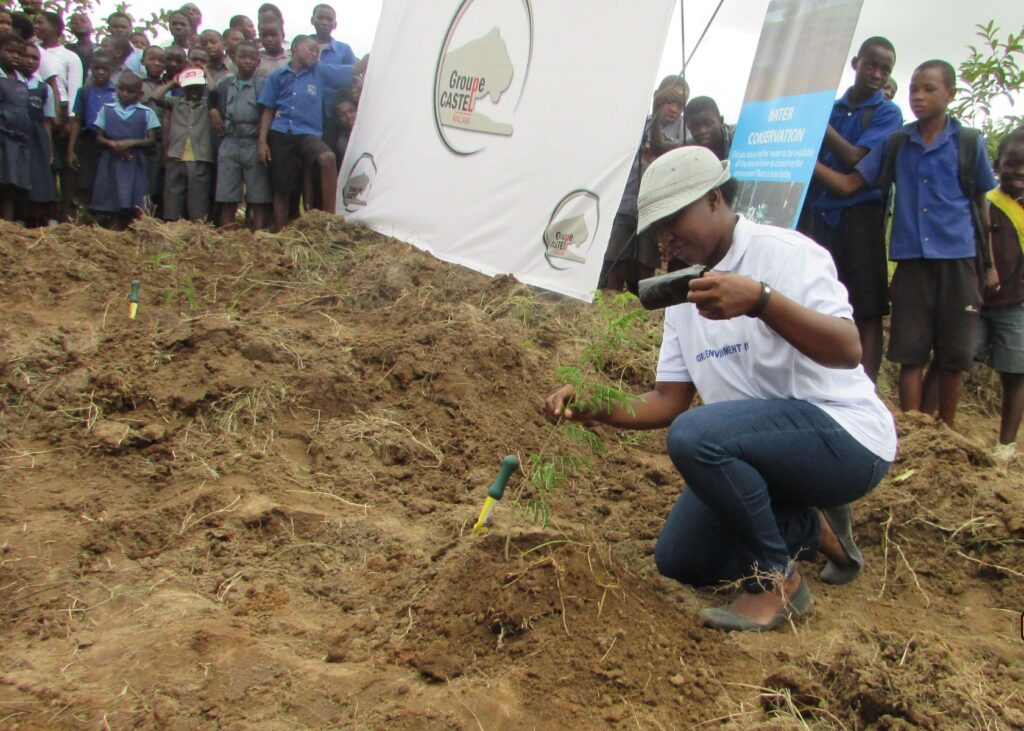
A journey of a thousand steps
Recognizing the extent to which Mudi area had been degraded, local authorities began taking action to stop further deterioration. In July 2008, the Blanyre Water Board (BWB) successfully gazetted Mudi as a water-controlled area. Following this, the Mudi-Ndirade Water Catchment was established. The uphill task now was how to engage with local communities whose farmland was encroaching the area around the dam. The Blantyre Water Board and the Mudi-Ndirade Water Catchment Authority had their work cut out for them, as some of these communities had lived there for decades.
The two authorities began engaging in dialogue with local communities, resulting in a mutual agreement. Between 2008 and 2015, substantial funds were used to compensate the encroachers. Once the encroachers had moved away, authorities then shifted their focus to a comprehensive restoration drive.
A number of projects were lined up to rehabilitate the catchment in addition to protecting it. These included reforestation of the Mudi‐Ndirande catchment, construction of contour ridges to improve soil and water retention, in addition to rehabilitation of check dams and other silt trap structures along the Mudi River to prevent siltation. Key components of this restoration included conducting awareness-raising campaigns on catchment protection, tree planting, management of regeneration areas, natural generations and establishing local institutions for partnership and support. To this end, the board invited all interested stakeholders to take part in this restoration, which saw many organizations including corporates and non-profits join the cause.
“Blantyre Water Board is on a serious drive to reforest its catchment area, which needs to be replenished with over 200,000 trees and so far has obtained the help of companies, civil organizations, churches and other groups,” notes James Naphambo, former Blantyre Water Board CEO.
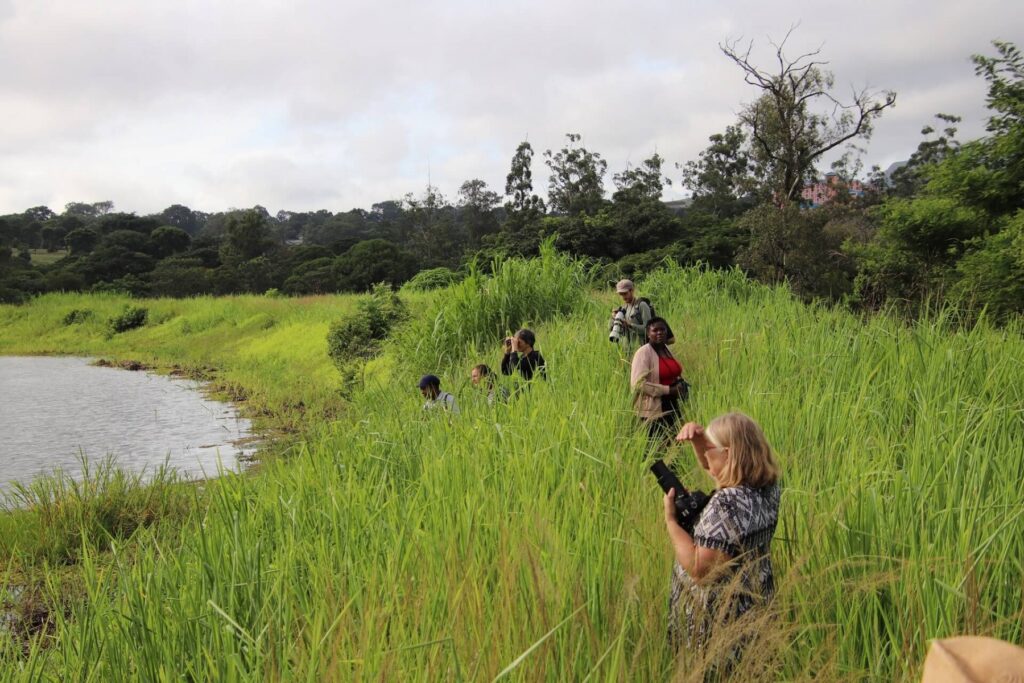
Partnering for Mudi
One of the key partners in this restoration drive is the Wildlife and Environmental Society (WESM – BirdLife in Malawi). Through its members in the corporate sector, academia, local conservation groups and individual members, WESM has sourced tree seedlings and planted more than 10,000 seedlings annually since 2008. However, the 2020 planting season was brought to a halt due to the COVID-19 pandemic. As part of restoration activities, WESM is also involved in invasive plant species removal and birdwatching activities. Birdwatching has increased as a result of restoration activities bearing fruit, and in February 2020, WESM held successful bird walks to mark World Wetlands Day. “WESM is committed to continue working with Blantyre Waterboard in restoring the Mudi catchment for biodiversity and people,” notes Dr Tiwonge Mzumara-Gawa, WESM National Chair.
WESM has also been at the forefront of lobbying communities, schools, church groups and corporates including Castel and Old Mutual among others, to participate in restoration activities. Further, WESM has been providing technical advice on various issues including invasive plant species that are dominating part of the catchment, for example water hyacinth and guavas. One of WESM’s key partners in this restoration has been Castel Malawi. From 2016- 2018, the company provided over 30,000 seedlings for planting, in addition to active participation in the exercise.
“As a company, the environment is one of our key corporate responsibility areas. We use water as a raw material for most of our products. We identified WESM as a technical partner in the restoration of the Mudi dam catchment area. So far we are happy that our contributions are having a meaningful impact,” notes Titha Mbilizi, Castel Malawi’s Corporate and Digital communications manager. Among other things, rehabilitation of the catchment is also expected to reduce the dam’s algae count, thus reducing water treatment costs. Through these efforts, we are hopeful that Mudi Dam will finally reclaim its lost shine.
